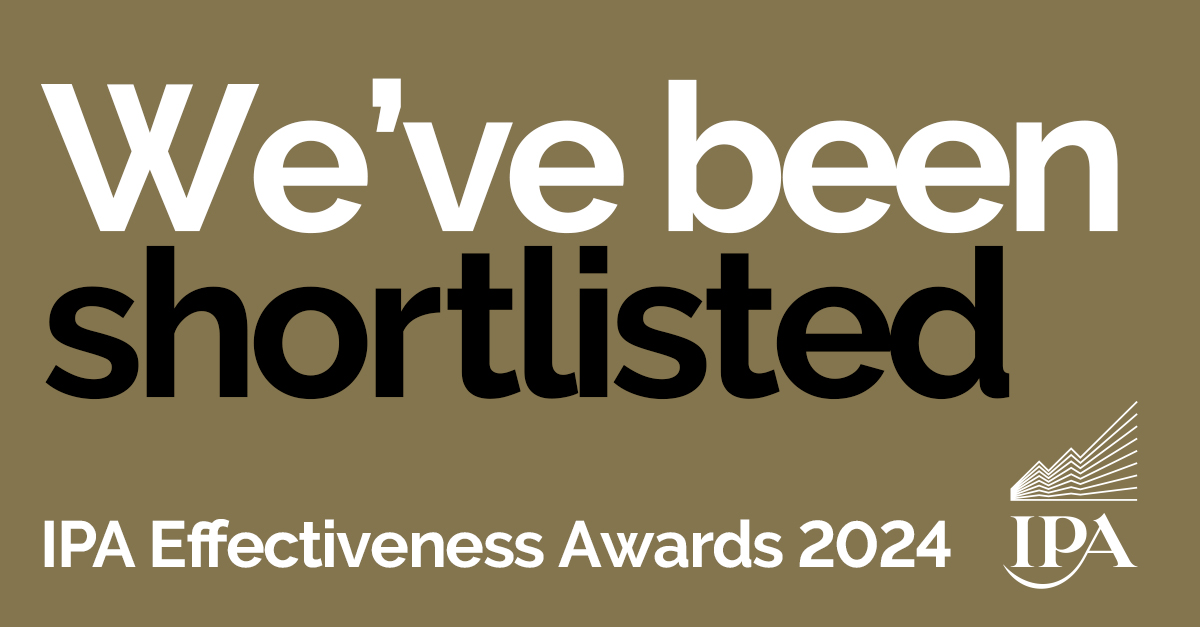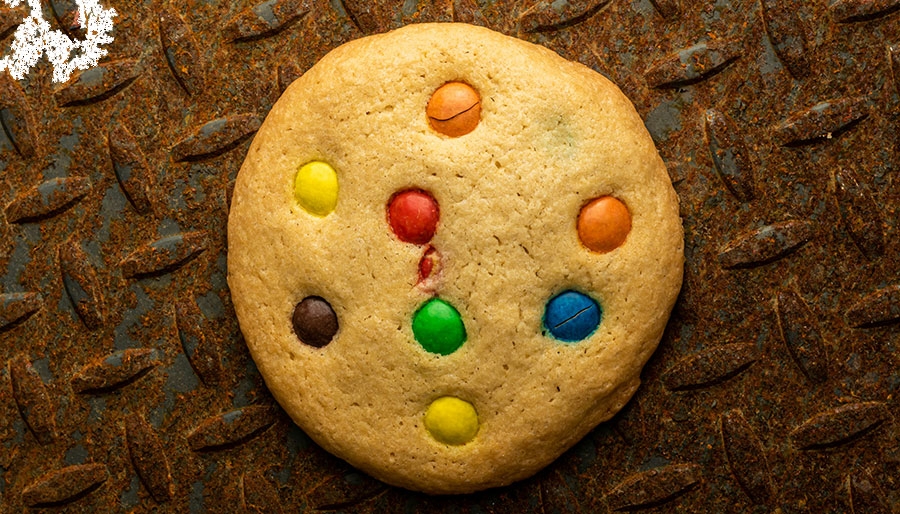Google’s annual marketing event kicked off recently. As always, there was a lot of excitement around the new search trends, data and announcements. And also as always, some of it needs to be analysed and explored before being taken as the game-changing information it is usually framed as. So what really happened?
Here’s our take on the three main themes that came out of Google Marketing Live 2022 – and what you need to do about them:
1. The continuing importance of video – the trend that shows no sign of levelling off
In recent years we’ve seen video becoming more effective as a conversion tactic – where previously it was reserved for brand awareness/ consideration. This is down to the advances in tech: improved bidding strategies and more direct ad formats which look good from a mobile sized screen.
Here are some of the other ad changes we will soon see coming to our feeds:
- YouTube Shorts are to receive Video action and App campaigns
- Product feeds to appear on YouTube Shorts
- Discovery ads to support short video assets
- Display & Video 360 campaigns will be able to reach connected TV placements.
Some projections are saying that this year will YouTube lose its pole position as the world’s biggest video app in total hours watched. Will these ad innovations make for an experience that can lure the TikTokkers back?
2. Further automation rolling out – but user enhancements will be provided to allow advertisers to better control the robot:
- Performance Max has received a number of updates including A/B testing, in-store sales bidding, new performance insights and optimisation score recommendations
- Automated Responsive Search ads based on landing page content and existing ad units
- Full-screen, vertical display ad units and scrollable product feed ads.
Embracing automation means handing over control to Google – something which isn’t always a viable option. We’re excited about these evolutions of the automated product suite as it provides the opportunity to test and control campaigns without limiting the full power of Google’s machine learning.
3. More insight and optimisation tools
- Changes to the Insights Page, including attribution, budget and customer segments
- Optimisation Score to cover every campaign type
- Conversion and Search Lift tests which will provide the ability to measure the impact of paid campaigns across different channels including organic search and YouTube.
A common misconception is that automations means advertisers can “set it and forget it” and allow the platforms to do all the hard work. This couldn’t be further from the truth. The algorithms are only as powerful as the inputs you put into it. Rather than manually updating campaign settings, our value is in planning and setting goals to meet business objectives. Managing the automation, if you like. And to do it effectively we need effective insights – which is what will have driven these tech platform developments.
We love the ad strength optimisation score – as it provides real time recommendations and feedback to improve Responsive Search Ads – generally speaking this represents a philosophy that Anything Is Possible is very much behind – blending machine learning with human expertise.
Looking across these three trends, the unifying factors are managing the robot to optimise the automation. If you want to talk to the experts who can do it for you – you don’t need to use artificial intelligence. The usual kind will be fine…





